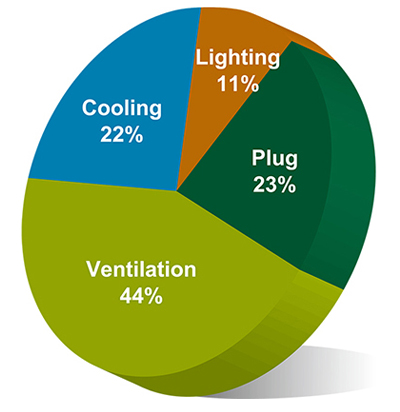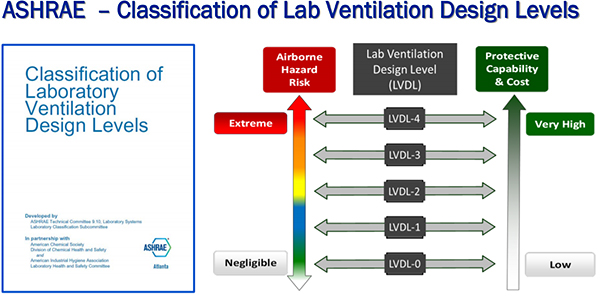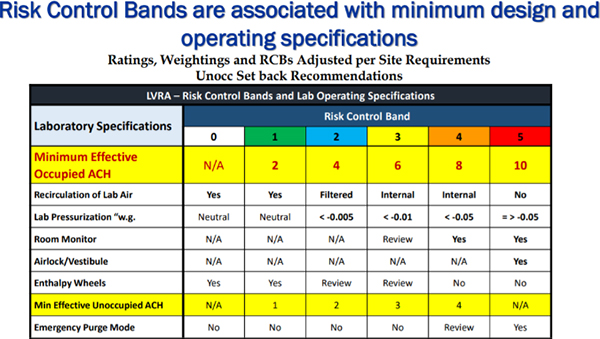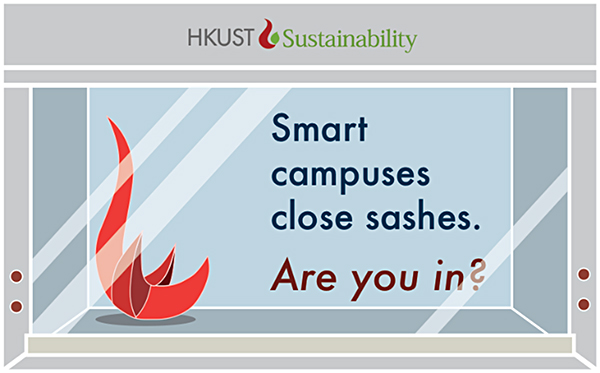Green Practices
Green Lab Project
The HKUST 2020 Sustainability Challenge aims to reduce energy consumption by 10% by 2020.
Over the course of the past five years, the university has made progress on this goal by replacing lights, installing more efficient equipment, and updating our energy management systems. The result is that we have saved enough energy to offset the consumption of three newest buildings – the Cheng Yu Tung building, Li Dak Sum Yip Yio Chin Kenneth Li Conference Lodge, and Tsang Shiu Tim Sports Center. While these gains are impressive, we still have a long way to go. The next major focus for energy savings goes through our laboratories.
As seen in the lab energy pie chart, roughly two-thirds of energy consumption in labs is directly related to air conditioning and ventilation. For a research-intensive university like HKUST, especially in our hot and humid climate, this is a significant amount of energy.
The main reason for the high air conditioning and ventilation rates in labs is because the safety features in labs rely on high levels of exhaust. Devices such as fume hoods are constantly removing conditioned air to the outside. In an apartment, it would be similar to turning the air conditioning on and leaving the windows wide open.



What HSEO is Doing
While we examine ways to minimize energy consumption, safety in the laboratories must not be compromised. In 2018, the ASHRAE Technical Committee on Laboratory Classification has developed a guidance document on the classification of laboratory ventilation design levels (LVDLs). HSEO is undertaking a review of all laboratories in HKUST to determine their appropriate classification. This information will help Facilities Management Office fine-tune the ventilation system to suit the specific needs of the different labs.

What You Can Do
Keep in mind that the fume hoods are the most energy consuming devices in the labs, in fact, one single fume hood can consume as much energy as seven typical Hong Kong apartments! Fortunately, these are also the easiest devices to control – simply keep them closed when not using them. Here are some helpful suggestions:
- Always keep fume hood sashes closed when you are not working at the fume hood. This is a good practice both for energy saving AND for safety.
- Avoid leaving tubes or cords through the sash opening. Even leaving the sash open just a little at the bottom can waste a lot of energy.
- Do not open the fume hood beyond the sash-stop.
- Report to FMO immediately if the sash lowering mechanism is not working.

Be a SMART Lab User:
Be safe and be sustainable!

What's the Footprint of a Fume Hood?
While labs are the most energy intensive facilities on campus, fume hoods are often the most energy intensive equipment in the lab. In fact, just 1 fume hood consumes as much energy as 7 average Hong Kong households per year. Simply closing the sash of a fume hood when not in use can reduce large quantities of wasted energy in HVAC systems.
Calculation: 34,871/4,800 (kWh/year) = 7 HK households per fume hood
Source for per-hood electricity use (in the US): https://www.sciencedirect.com/science/article/pii/S0360544204004906
Source for average energy consumption of HK household: https://www.enb.gov.hk/sites/safetywisenews269-prod21apr.sites1.ust.hk/files/pdf/EnergySavingPlanEn.pdf
